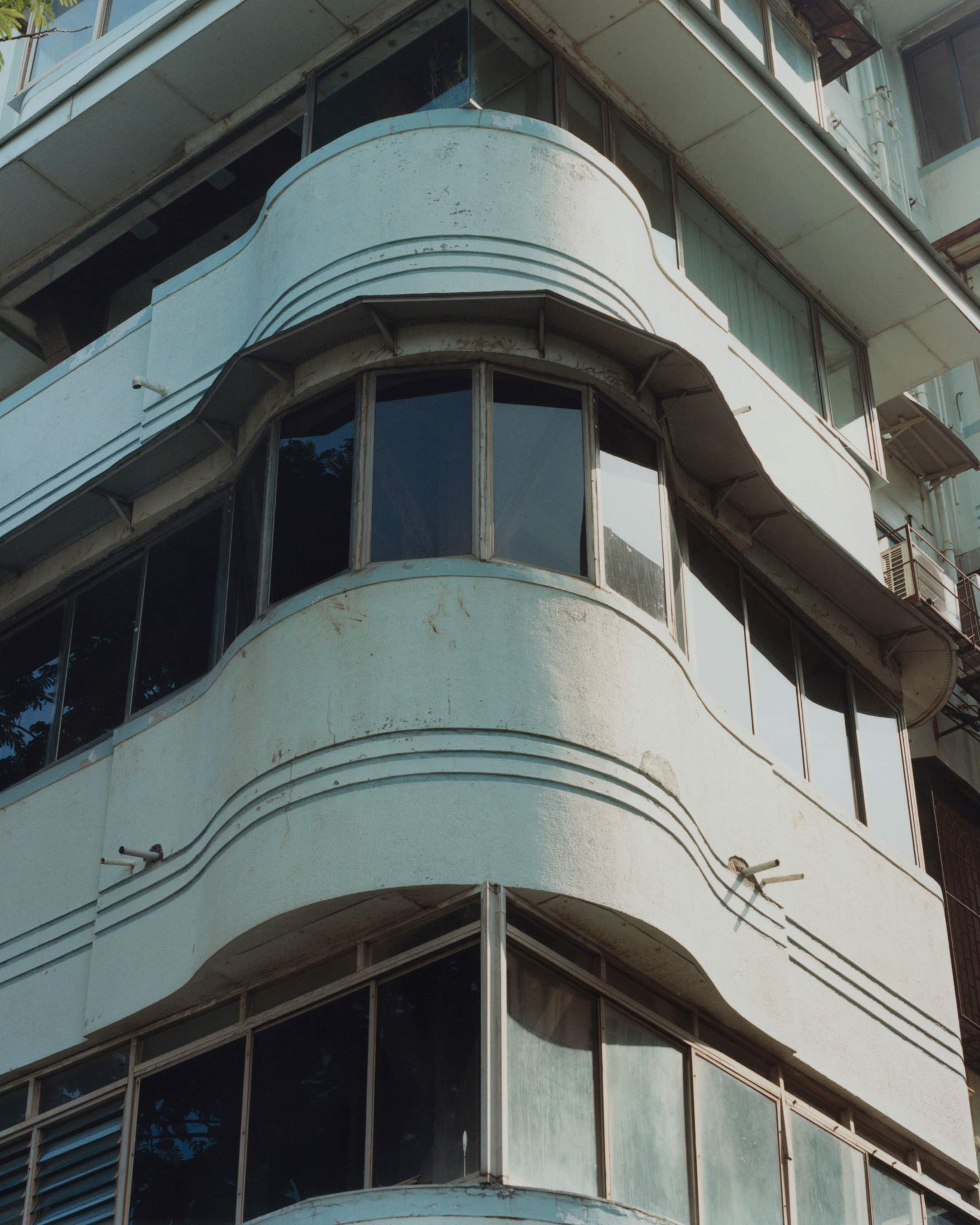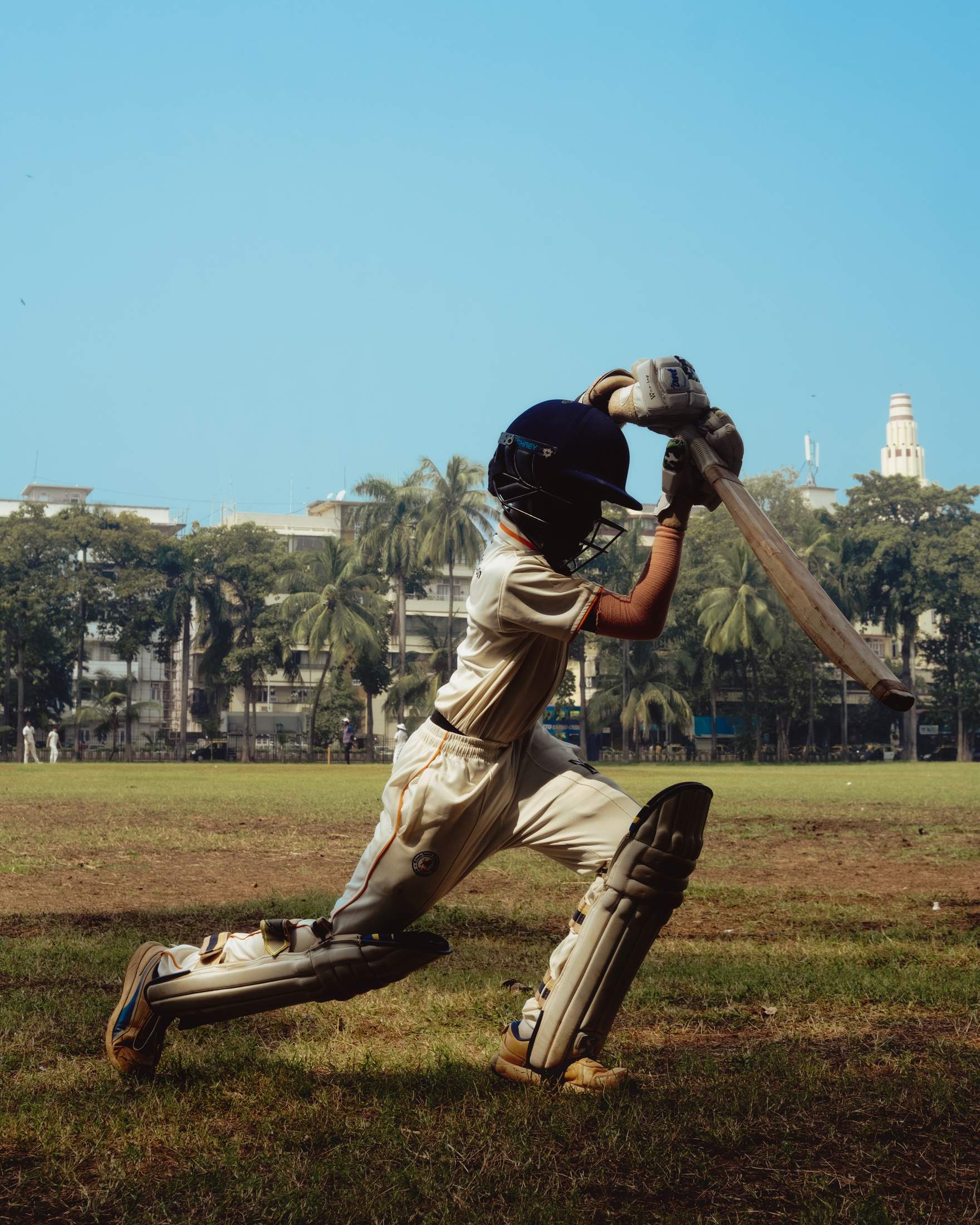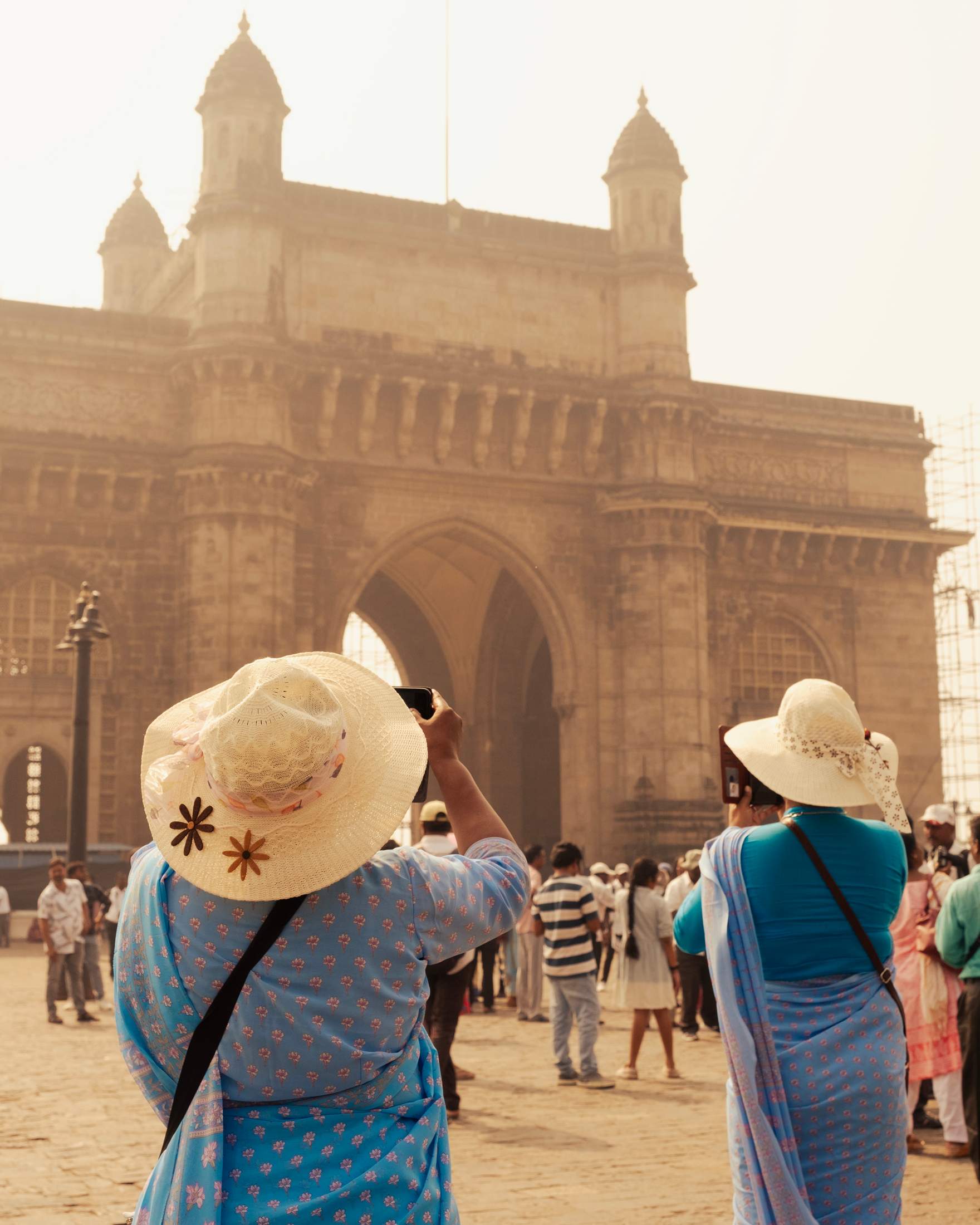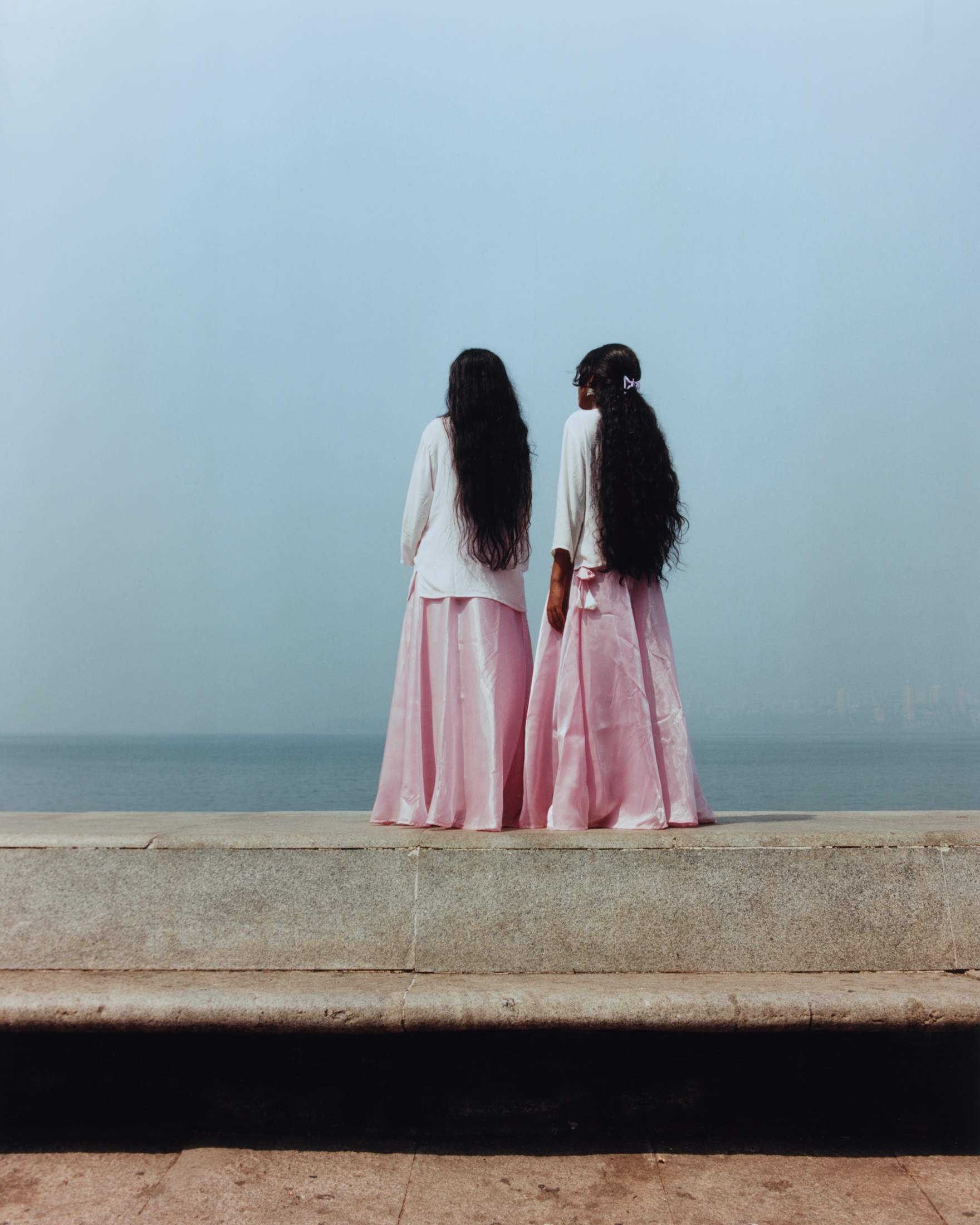Affairs: Neighbourhood enclave / Mumbai
Why Colaba is the jewel of India’s second city
In the first of a new series on urban enclaves – places that have their own powerful dynamism – we head to a former colonial redoubt in Mumbai (or still Bombay to locals).
At the southernmost tip of Mumbai, people congregate along the shoreline, seeking respite from the tropical morning heat. This is Colaba, a former island that’s now one of four peninsulas dangling from India’s most populous megacity into the Arabian Sea. Once a haven for jackals and pirates, Colaba became a mercantile enclave that blossomed into a jewel of the British Raj in the late 19th century after colonial authorities reclaimed land in the strait separating it from the rest of what was then, and still is (for many locals at least), known as Bombay. Today, though it is integrated within the city, at least physically, its architectural splendour, old-world charm and artistic sensibility mean that it sits apart from the bustle and chaos of the wider metropolis. The light here is meek, milky – it whispers through the haze. Monsoon season has passed and Diwali is just round the corner.
Colaba Causeway, the area’s main drag, has an eclectic inventory of shops, from hole-in-the-wall purveyors of bric-a-brac, where tables are piled high with silver goblets, vintage glasses and Kolhapuri sandals, to nearby high-end boutiques such as Amit Aggarwal’s flagship and international multi-brand boutique Le Mill. There are minimalist cafés and sleek wine bars reminiscent of Copenhagen or Melbourne, as well as old video shops and impossibly pokey office buildings where ceiling fans beat lazily day and night.
Running off the causeway are knots of lanes, where many homes have grand Victorian façades. Pratik Perane, a city architect, points to the middle floors of the buildings as we pass by. Many used to house just one colonial administrator but following the fall of the British Empire they were bequeathed to favoured Indian families. Palm trees droop over the red Mangalore-tiled roofs typical of the area. “All the history of the place is still here,” says Perane. On the other side of the jagged spit from where we stand, meandering Marine Drive is studded with colourful art deco buildings; Mumbai has the second-largest concentration of the architectural style of any city except Miami – and many of them are found here in Colaba. Some incorporate winking allusions to the area’s seafaring history, with deck-style balconies or nautical colourways.
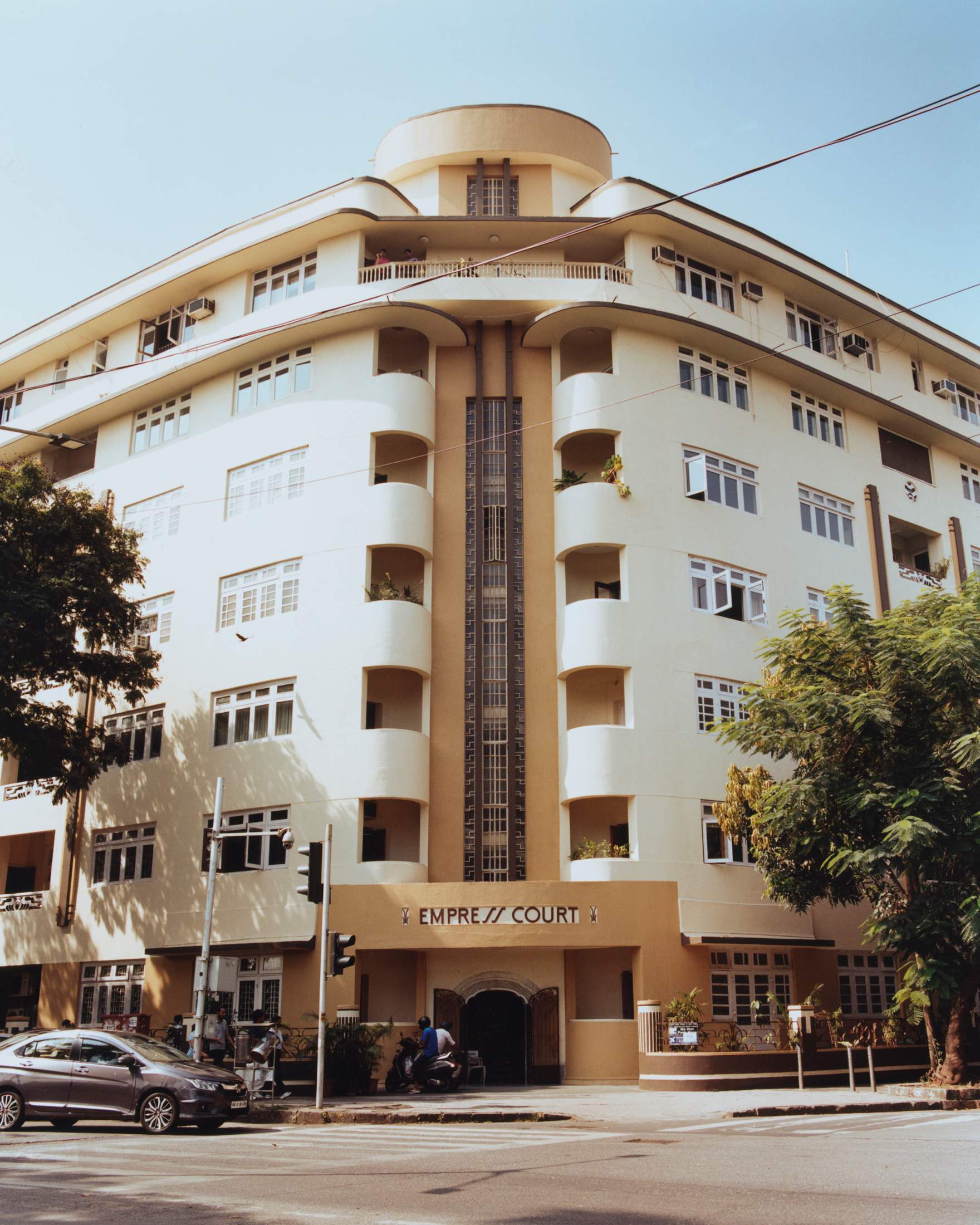
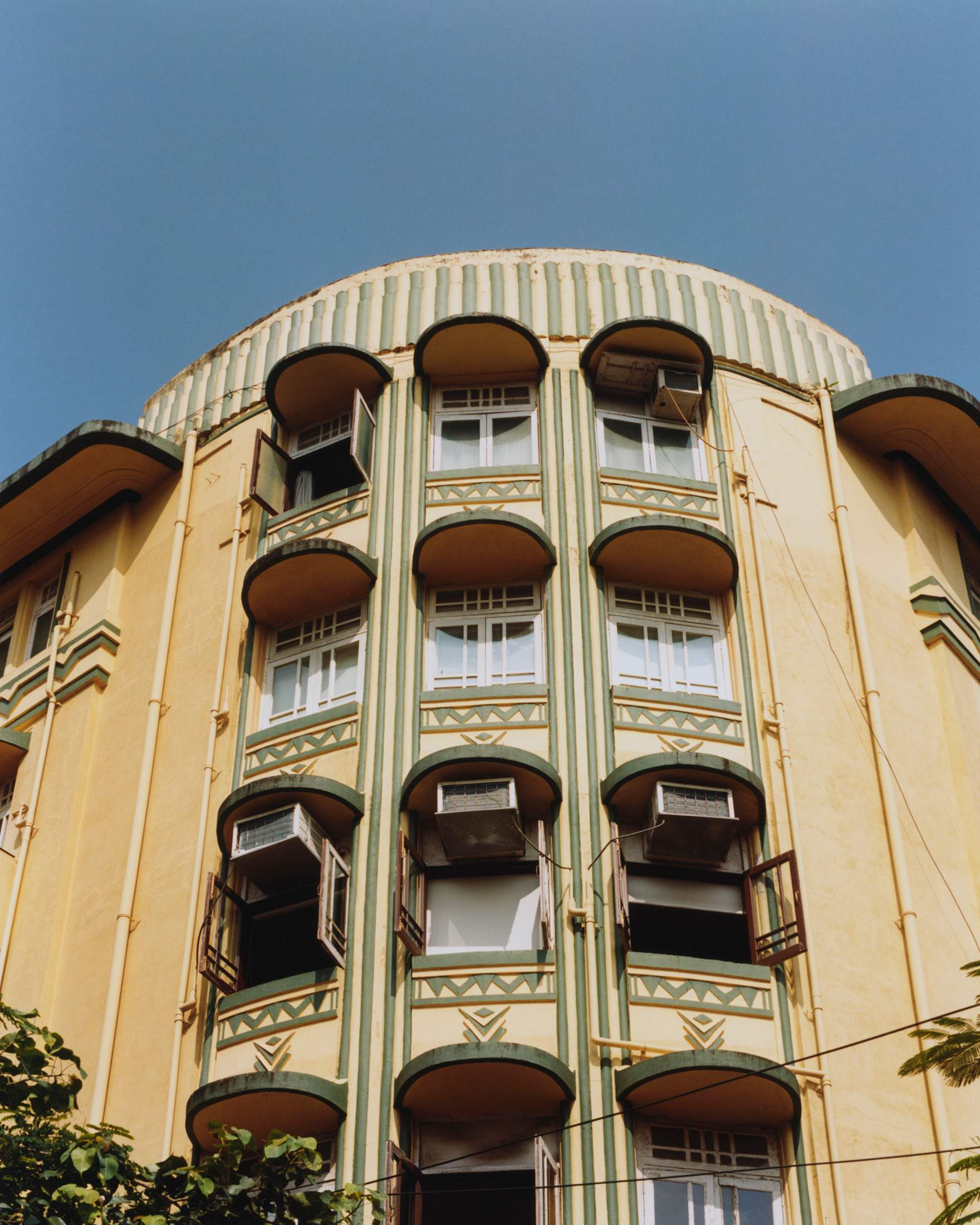
In photographs, Colaba looks like a time capsule. On paper, it’s more often described as the heart of Mumbai’s burgeoning art scene. In the 1990s and early 2000s, gallerists began occupying its high-ceilinged buildings and lofty spaces. There are about 30 galleries here now – contemporary, local, traditional and international – most tucked up winding staircases on the second and third floors of old buildings that have camera shops, tailors or accountants below. One of Colaba’s most famous is Jhaveri Contemporary, housed in the historic Devidas Mansion.
The view from the gallery’s wide windows is spectacular, framing the Gateway of India, Colaba’s most famous landmark, at a perfect golden ratio. In its 14 years, Jhaveri Contemporary has focused on South Asian artists from the diaspora, representing well-known figures including Simryn Gill and Lubna Chowdhary. It was a natural alignment to set up a base in Colaba. “The entire gallery world is here,” says Priya Jhaveri, one half of the sister duo that run the gallery. Her sibling, Amrita, who is now based in London, came to Mumbai in the early 1990s to set up the first Christie’s office in India.
It wasn’t a glamorous time for Colaba, which had become a haven for Westerners looking to buy heroin or marijuana. The enclave’s crumbling doorways were filled with slumped, stoned tourists. But by the time the sisters were ready to open their own gallery, a smattering of others had already set up. “It was the only place, really, if you wanted to be in art,” says Amrita. More gallerists are flocking here: contemporary gallery Nature Morte opened up less than a year ago and Kolkata-based Experimenter Gallery, which focuses on multidisciplinary works, just before that. There’s a real community and intermingling between the artists and the galleries, says Amrita. “We’re all each other’s clients and friends and buyers.”
If you head to the edge of Colaba in the morning, following the smell of salt and fish, you get some sense (or, perhaps, scents) of its past life. The area’s name derives from the Koli fishing communities who first inhabited its shorefront. At dawn, clusters of women wait by the water to meet the fishing boats that bob over the horizon. They are en route to Sassoon Docks, which are named after the Baghdadi Jewish family that built a business empire here in the 19th century. Today these docks house one of the country’s largest fish markets, which moves between more than 20 tonnes of fish per day. Mumbai accounts for about 30 per cent of India’s total seafood exports and Sassoon Docks makes up a key portion of that tally. Here, the women, saris knotted at their hips, are the drivers of the action, shouting and bargaining and hawking their husbands’ hauls of pomfret, prawns and bombil.
The Sassoons are responsible for a great number of the grand old buildings in Colaba but the area is more closely associated with another homegrown dynasty: the Tatas. Almost everyone monocle speaks to mentions the Parsi clan whose Tata Group conglomeration is India’s most valuable company (worth about €375bn). Ratan Tata, the group’s famous ex-chairman, died in October. It was his ancestor, Jamshedji Tata, who first saw the appeal of Colaba’s quietude, building a series of mansions here in the late 19th century. Today their crumbling façades and Victorian names stand as testament to the area’s colonial past: the Radio Club, Yacht Club and Sandhurst House, to name a few. A little further along, at the waterfront’s edge, sits the strip’s grande dame, the Taj Mahal Palace Hotel, a five-star, 285-key behemoth with a foyer that has been graced by names such as John Lennon and Hillary Clinton, and on whose steps the last viceroy of India, Lord Mountbatten, proclaimed the country’s independence at the stroke of midnight on 15 August 1947. That historic balcony overlooks the Gateway of India, built to commemorate the visit of King George V in 1911 and through which the last British troops left the country in 1948.

Sunrise over the domes of the Taj Mahal Palace

Though the Tatas, and the British, have since moved on, Colaba is still home to many Parsis, a Zoroastrian community descended from Persian refugees who came to India in the seventh century. The yellow archway of Cusrow Baug, a 1,540-apartment residential compound restricted to Parsis, is another landmark. As we stand in its centre, looking up at the brutalist-style blocks, we meet two of the compound’s oldest residents, Ruby Lilowalia and her husband, Feroz, who are out on their evening stroll. Ruby’s grandmother moved to Cusrow Baug in 1935; her grandson will be the fifth generation of their family to live here. What began as free housing given to people who couldn’t afford their own has now become a redoubt for all strata of the Parsi community. Its residents began to prosper and grow wealthy but, she says, they still wanted to live here. “It’s wonderful for children – and old people,” she says, laughing. “We have everything here: a gym, a physiotherapy centre, even a school. There are many more Mercedes than when we were growing up but we’re together. It’s safe. That’s why people want to stay.”
When India was finding its feet as an independent nation, the new owners of Colaba’s mansions struggled to pay for their upkeep and many buildings fell into disrepair. Now, strict regulations by local authorities and Unesco mean that they can’t be knocked down, nor repurposed. So they remain frozen in aspic as the hyperactive city around them changes rapidly. “People come here for the memory of Bombay, what it was,” says Perane, the architect.
Inside Bakhtavar, a whitewashed art deco palazzo on the shorefront, monocle takes the stairs up to the home of Ravi Jain, a former drinks company executive, who has lived in Colaba for the past 30 years. The calm of his wood-panelled apartment is a world away from the hubbub of the street below. “Once you live here, it’s hard to get out,” says Jain. “It’s greener, older, more charming.” He can only recall one of the houses in his block being sold since he moved in; everything else has moved within families. Jain’s sons will live in this building when he’s gone.
“This little pocket of south Bombay has its own charm,” says Meeta Singh, an estate agent who has worked in the area for more than 10 years. “But it’s not expensive, not like people might think. There are parts of Mumbai with New York prices, Hong Kong prices. But Colaba is reasonable.” A one-bedroom apartment, says Singh, would cost just less than €300,000. Renting is a lot cheaper, especially if the house falls under the old pagdi system, in which tenants pay a token amount in order to be deemed co-owners and share responsibility for the property’s upkeep. This area is not the first choice for India’s burgeoning high earners in tech and finance – Singh puts this down to the fact that these people generally prefer new buildings with pools, guards and gyms rather than the quaint but high- maintenance residences found in Colaba. There are almost no high-rises here; the mod cons are serviceable rather than state of the art. “Colaba is for people who want something special, with a sense of its own character,” she says.
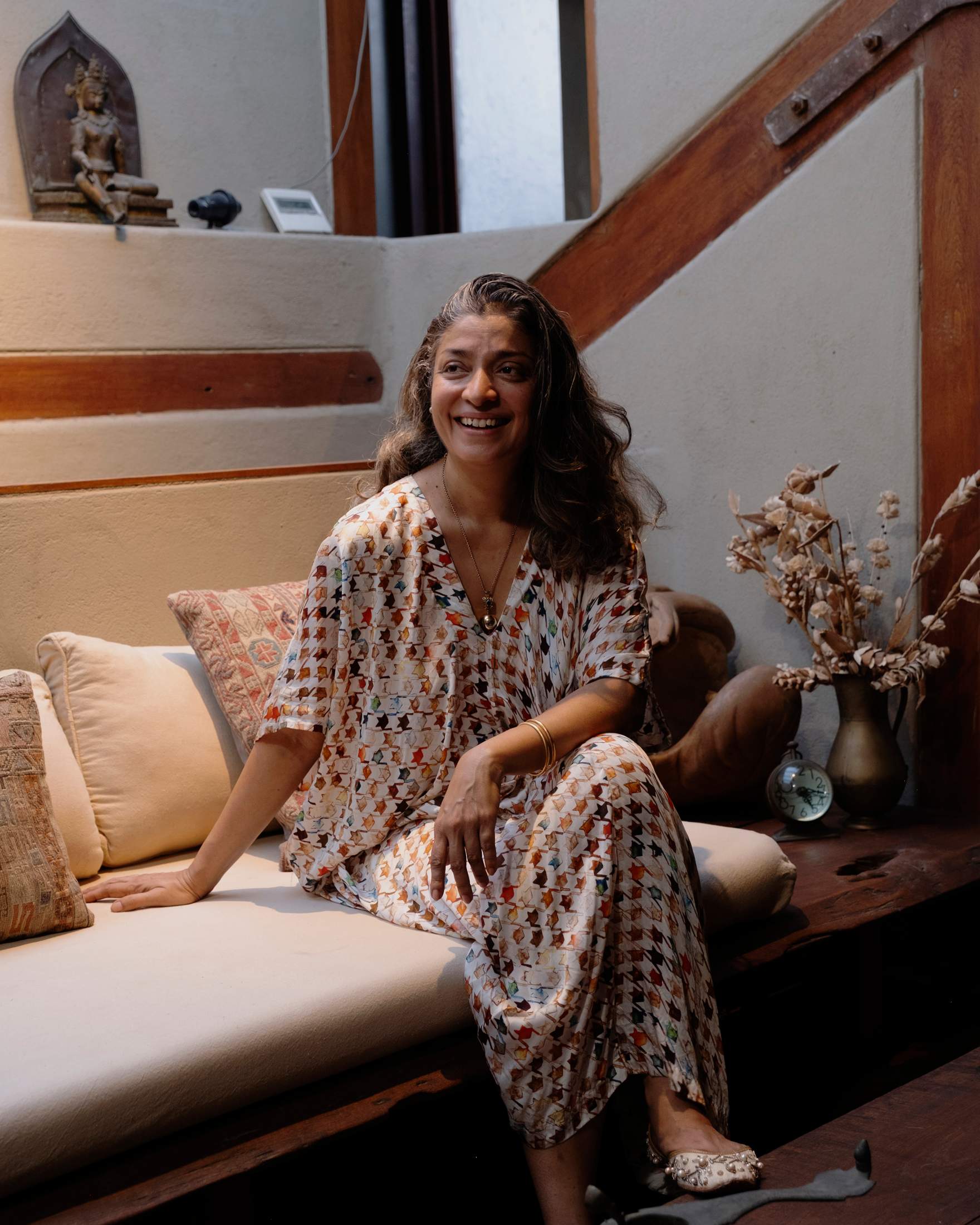
That character is exactly what drew designer Divya Thakur to the area 20 years ago. Her apartment, which she redesigned herself, houses a museum of curios collected from around India as well as from antiques markets in Europe. A Florentine chandelier hangs in the bathroom while a bronze bull from nearby Chor Bazaar anchors the living room. Her walls are painted in moody washes of blue, lime and dusty pink.
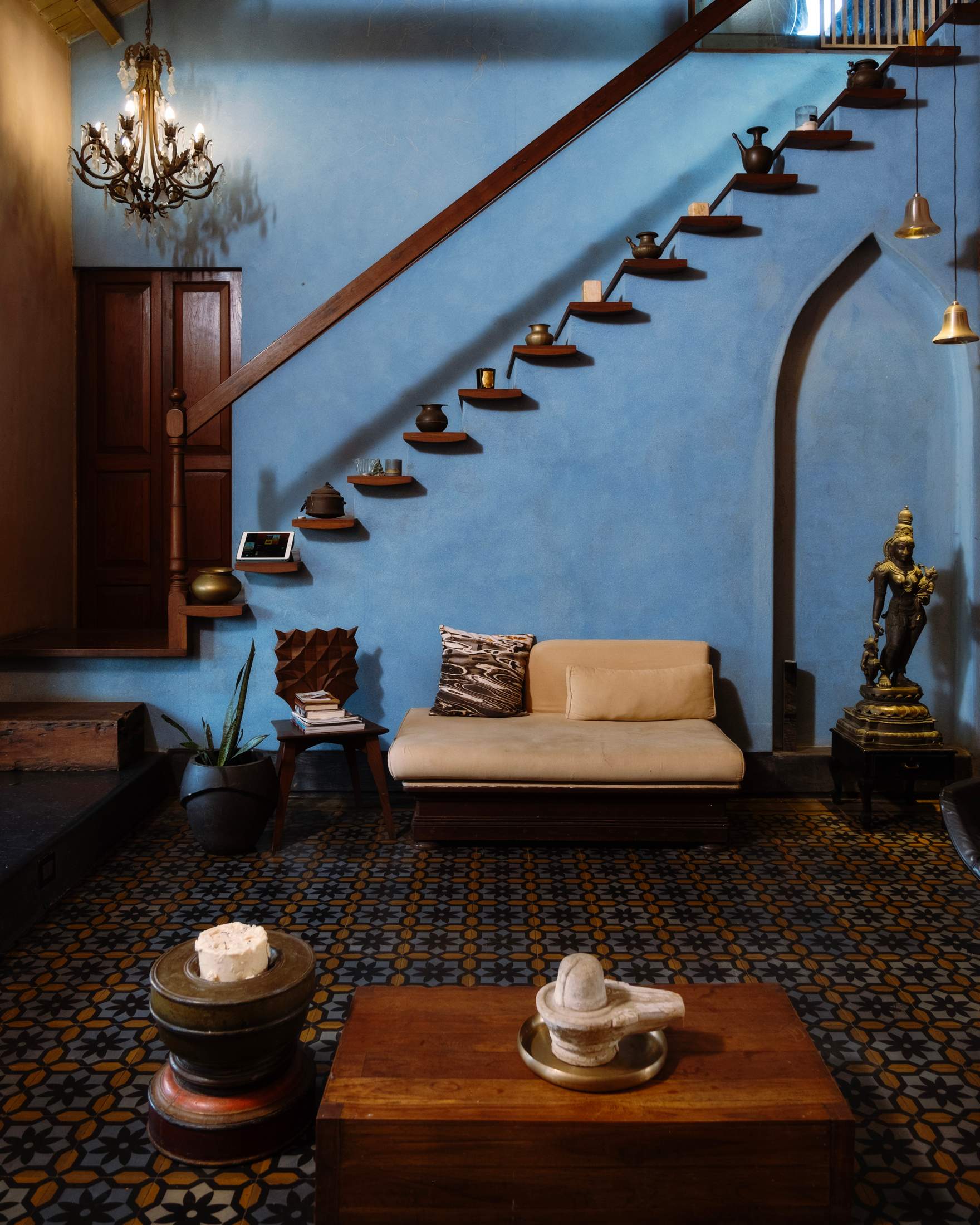
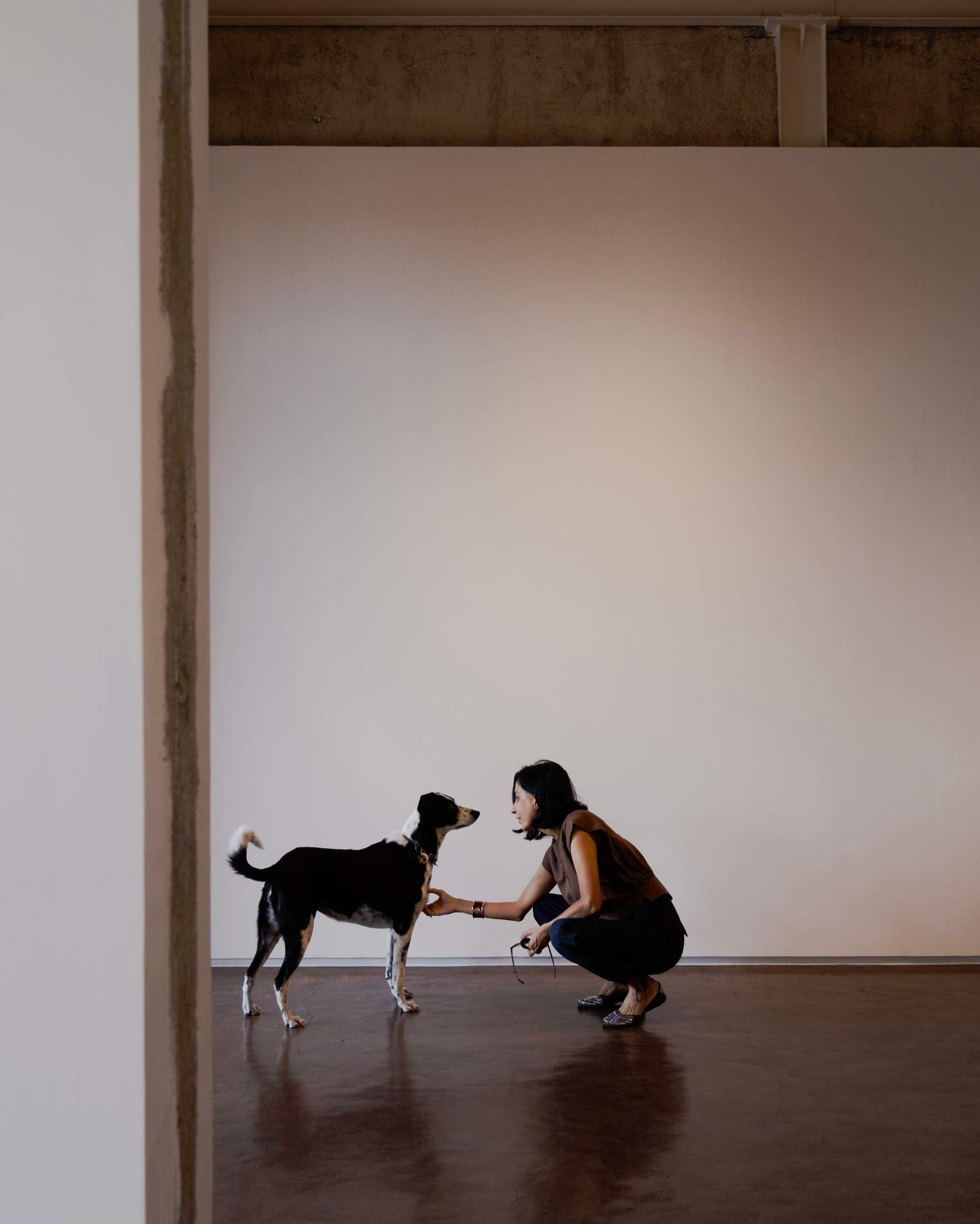
For Thakur, Colaba is its own ecosystem. She puts much of the renewed interest in the area down to city planning: the Eastern Freeway, which connects northern Colaba to downtown Mumbai, has cut the journey time between the two from about two hours to 30 minutes. “Now if you want to pop in to see an art exhibition, it’s not a big deal,” she says. “Galleries bring the people, who bring the vibe, which brings even more culture. It’s like a cycle.” Here, a Bombayite can catch a couple of art exhibitions, stop for a canteen lunch, pick up a dress from local designer Lovebirds Studio and refuel on Subko coffee without ever getting behind the wheel of a car (humidity levels permitting). “It’s walkable, it’s easy – and that makes all the difference,” she says. But there have been periods, says Thakur, when Colaba lost its lustre. After bouncing back from being a druggy haven, there was another lull in the early 2010s as some new restaurants and boutiques migrated to younger, buzzy neighbourhoods such as Bandra and Lower Parel to the north. But the draw of Colaba, according to Thakur, is unique, maybe made even more so because of its waxing and waning. “Colaba’s character, its feeling of old Bombay and its colour and vibrancy, has not gone away,” she says. “If anything, people are appreciating it more than ever.”
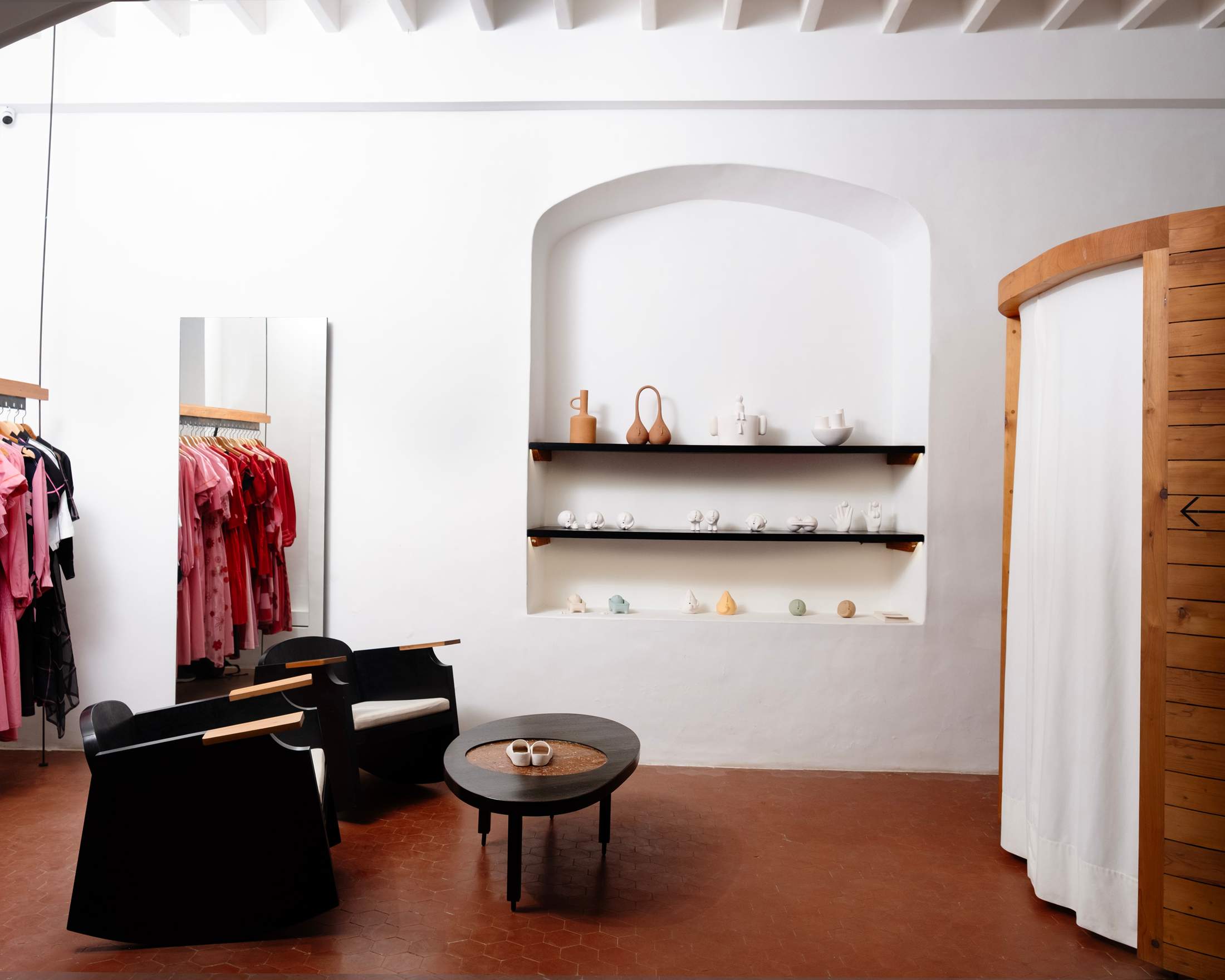
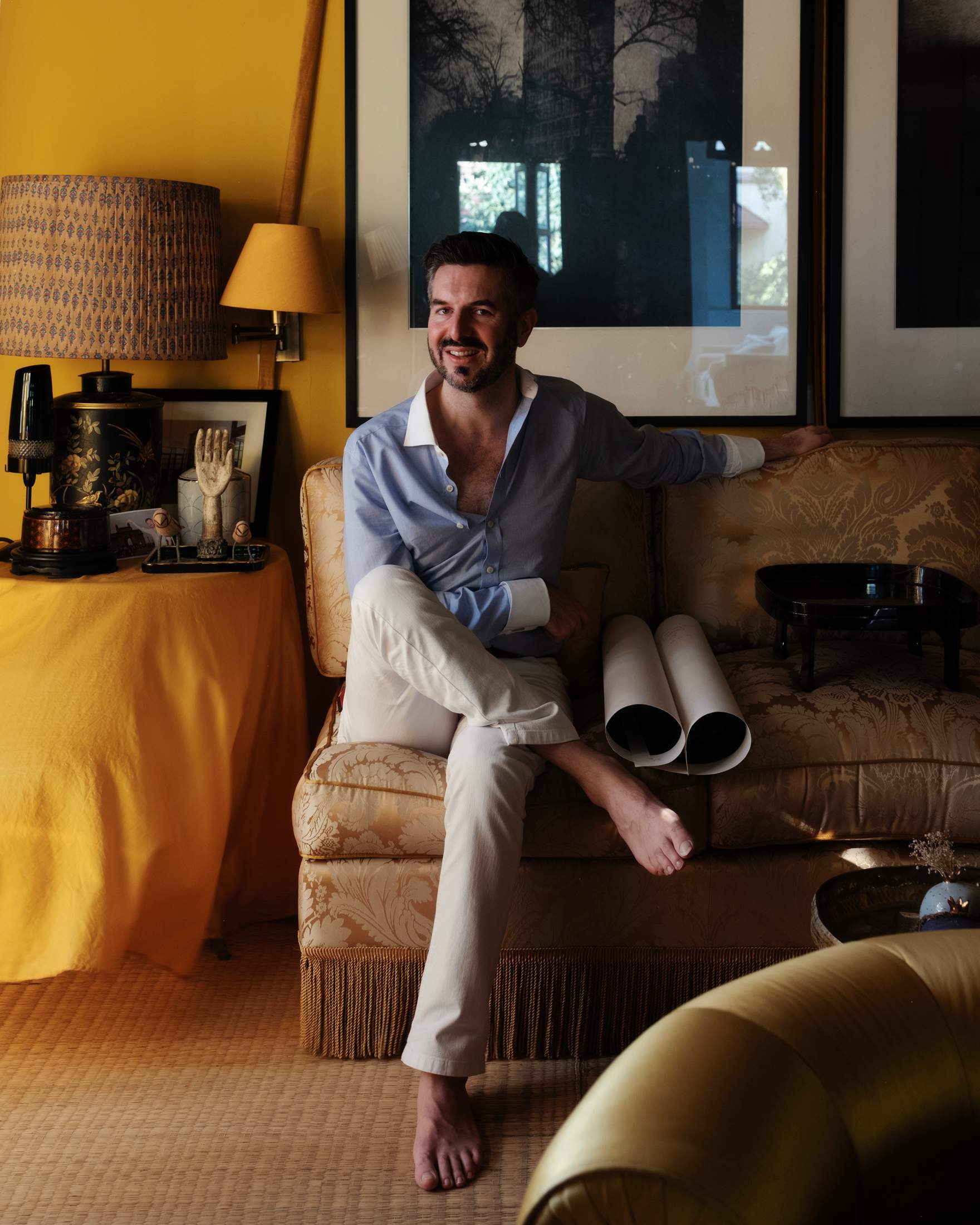
Irish designer Cormac Lynch directs us to his apartment with very specific instructions. “If you see a plastic chair, a half-built lift and plaster crumbling off the walls, you are in the right building,” he texts monocle. Lynch has called Mumbai home for the past nine years. While his projects are usually modern, he wanted to lean into tradition for his own home. The main living room is painted a deep honeyed gold with buffeting curtains draped over the floor-to-ceiling windows. Whenever he mentions an artist friend or a fashion-designer acquaintance, he gestures to one of the buildings nearby, indicating the direction in which they live. “It’s an area that attracts the creative type,” he says. “It’s all this beauty around us.”

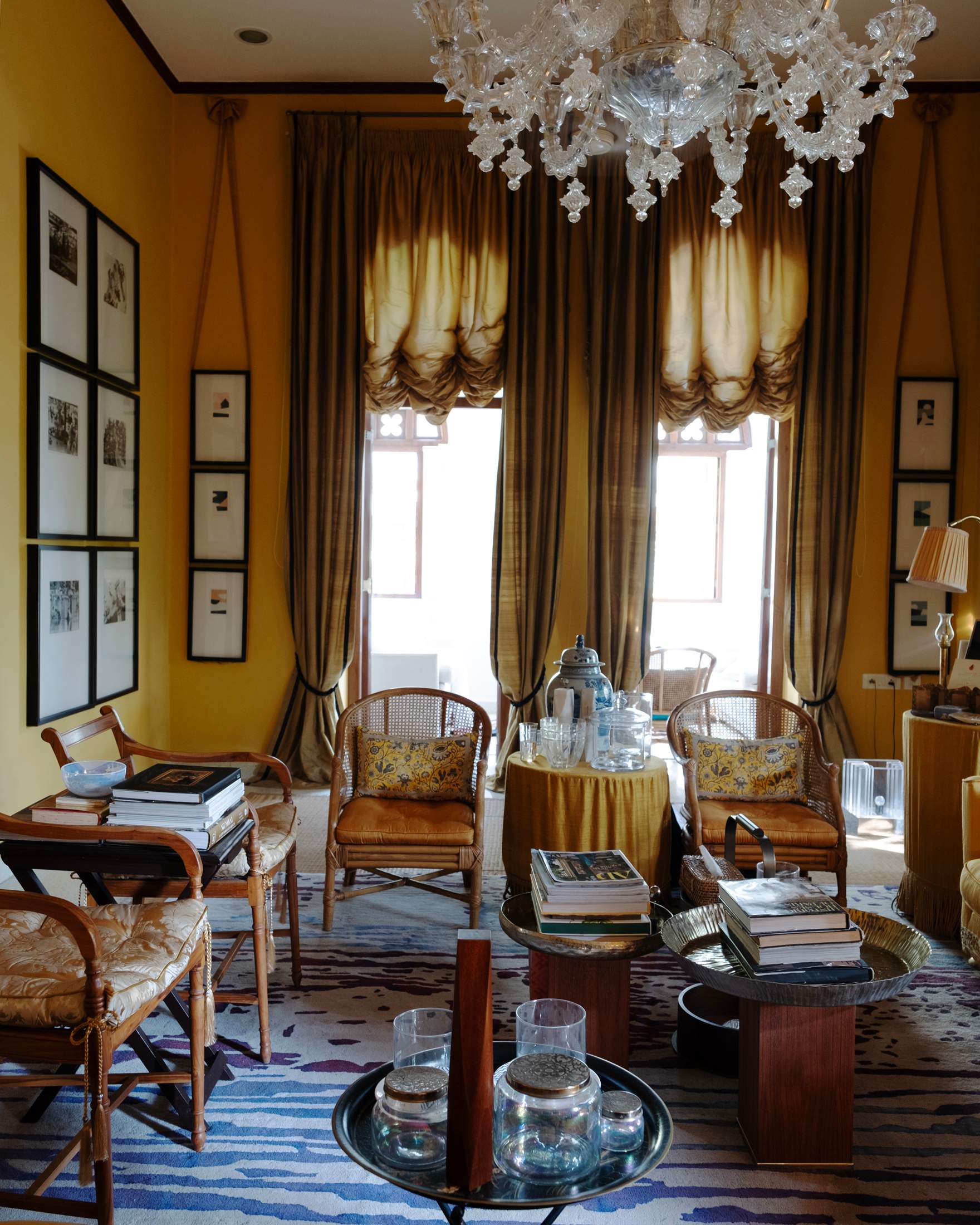
Afternoon sun in Cormac Lynch’s living room
As the light begins to fade, we find ourselves drawn inexorably to the shoreline. People promenade, buffeted by a cooling sea breeze, while Colaba’s art deco jewels twinkle in the gloaming. Looking out across the water at the gleaming skyscrapers of modern Mumbai, it is easy to feel as though Colaba is still an island, protected from modernity by a strip of water. Sometimes it takes standing at a distance to see more clearly. Sellers hawk peanuts in paper cones; trousers are rolled up to let ankles cool in the water. A man flies a kite in the wind then hands the reins to his son. Mumbai or Bombay? Foreigners and maps will tell you the former but the locals feel differently. They say that Bombay is the feeling; Mumbai is the geography. If that’s true, then Colaba is a perfect mixture of both. —
Colaba calling
Neighbourhood know-how
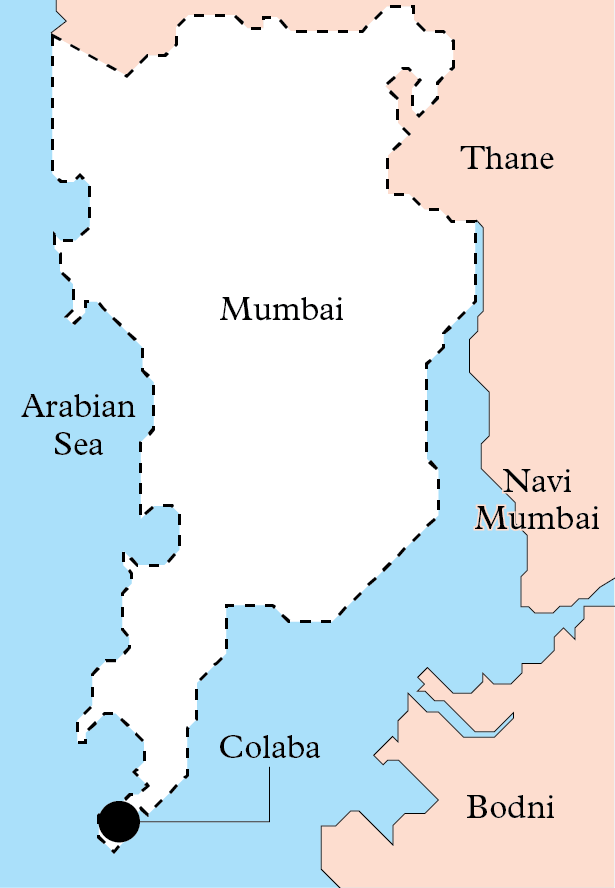
The cost of a one-bedroom flat and the estate agent to call:
Approx 18,000,000 rupees - 25,000,000 rupees (€200,000-€280,000). Call Meeta Singh.
The best street to live on:
Merewether Road. You’re a stone’s throw from Colaba’s finest art galleries and restaurants but one step removed from the chaos. Canopies of ancient trees lend afternoon shade to the apartments lining this lovely strip.
The school in which to enrol the children:
In nearby Fort, the Cathedral and John Connon School is a co-ed institution that dates to the 1800s and entices parents with its promise of producing well-rounded and academically formidable citizens.
The best grocer, baker and ‘vada pav’ maker:
Parsi stalwart Yazdani bakery is the place for hot, soft breads and Iranian chai; the bun maska combines both with added butter. But head to Swati Snacks for Bombay’s famous afternoon pick-me-up: vada pav is a dense potato patty stuffed between fluffy bread and swipes of spiced and sweet chutney. Enjoy it with sweet coffee.
The five galleries or collectors to meet:
1. Sakshi Gallery for a true Colaba institution.
2. Experimenter for exposed beams and something more contemporary.
3. Project 88 for a taste of Brooklyn in Bombay.
4. Jhaveri Contemporary for the brightest of the Indian diaspora.
5. dag Mumbai for experiential art within the hallowed halls of the Taj Mahal Palace Hotel.
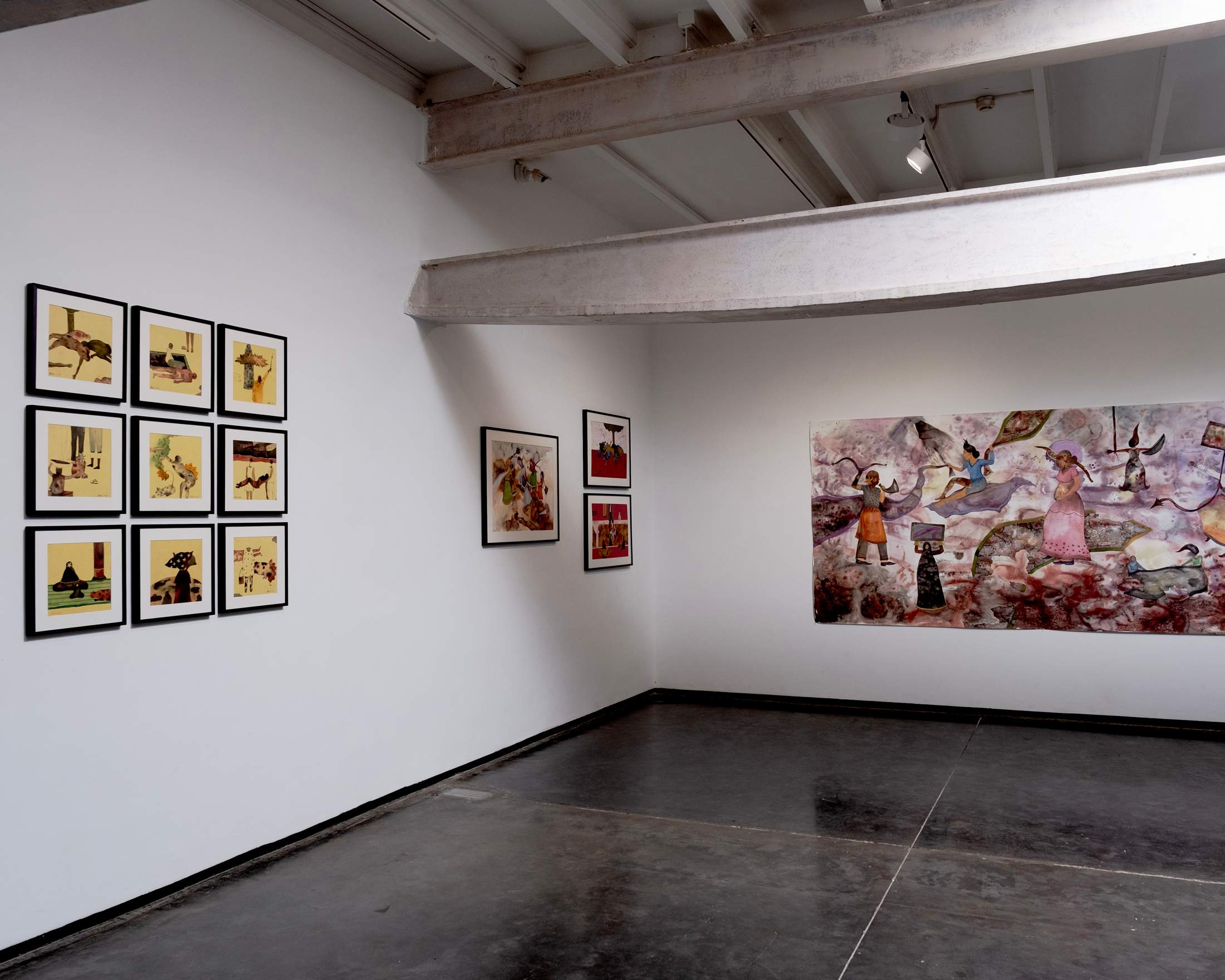
The running route that shows the enclave at its best:
The 3km stretch of Marine Drive for its waterfront views and the unusual quiet you can experience – as long as you’re out early.
Closest airport and how to get there:
Fly into Mumbai’s transit hub, Chhatrapati Shivaji Maharaj International Airport, and take a ride-share southwards. After 25 minutes, Colaba is in sight.
The biggest improvement in recent years:
The Eastern Freeway has shortened commute times across the city by half in some instances.
The area is still missing:
Green spaces dedicated to leisure and play (particularly for children).
One thing you’ll only find here:
A generations-old Parsi silver jeweller operating out of the curved window of an art deco jewel.
